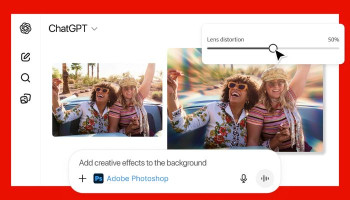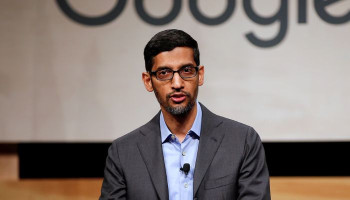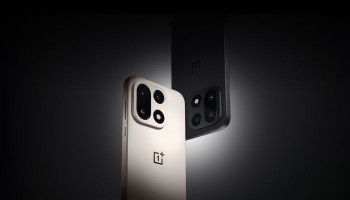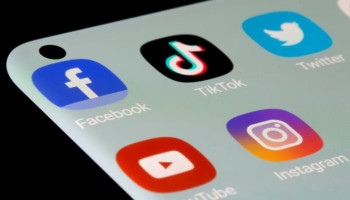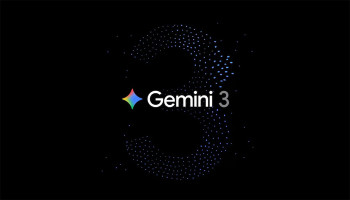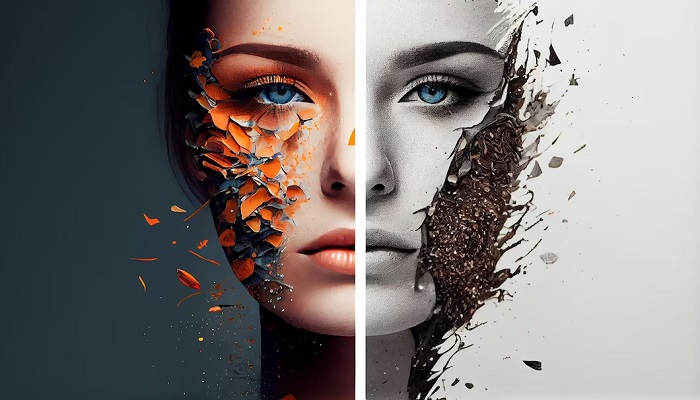
John Mueller, a Google Search Advocate, recently delved into a thought-provoking discourse regarding the use of AI-generated images on websites versus the use of stock photography.
His discussion sparked an engaging debate about how users perceive images produced through generative AI tools like DALL·E, particularly in contexts that don't primarily centre on art or AI.
SEO 2024 tips?
The post came with a disclaimer, clarifying that it wasn't intended to offer SEO advice or predict an imminent Google search update.
AI-Generated images vs stock photography
Mueller initiates his discussion by distinguishing between situations necessitating a specific photograph and those where imagery serves as mere embellishment.
He contends that in certain cases, such as when a website aims to sell a product like a suitcase, authentic photographs hold crucial significance. While genuine photos may undergo digital enhancements or editing, the core of product photography should remain rooted in reality to provide consumers with an accurate representation of their potential purchase.
Conversely, Mueller highlights that for general content enhancement, there's little disparity between using stock photography and AI-generated images. Both forms of imagery can heighten a website's visual appeal, making the content more captivating and enjoyable for readers.
This distinction underscores that the choice between real photos and AI-generated images largely hinges on the specific requirements and objectives of the website's content.
Importance of images in user experience
Mueller also touches upon the relevance of the website's subject matter. He suggests that for certain topics, audiences anticipate authentic images, whereas for others, the differentiation between real and AI-generated images may be inconsequential.
This expectation correlates with search engine optimisation (SEO), as Mueller theorises that users are more inclined to visually search for topics where genuine images hold value.
Furthermore, Mueller provides practical guidance for website owners contemplating the use of AI-generated images. He encourages them to reflect on whether they would typically employ stock photography in the same context. This approach aids in making an informed decision regarding the suitability of AI-generated images for their website.
Quality standards of AI-generated images
Mueller also warns about the ease and allure of using AI-generated images as a time and cost-saving measure. He notes that while snapping a quick photo with a phone could be deemed as creating "stock photography", it might not meet the professional standards expected on a business website.
He emphasises that quality and professionalism often demand time and expertise.
AI images, AR models, and consumer trust
Throughout the discussion, Mueller addressed inquiries about images, AI, and SEO, providing insightful responses.
Regarding the inclusion of rel=nofollow for an image credit link, he mentioned, "Links are fine. No need to use rel=nofollow if they’re normal links."
Expressing interest in augmented reality (AR) support for online product displays, Mueller highlighted the value of using 3D models: "Seeing a photo is a good start, trying it out in my own space is so much better."
He differentiated between 3D-rendered images based on actual building plans and fully AI-generated images, likening the latter to decorative imagery in blog posts.
Decorative images and authentic product photography
Regarding conceptual illustrations, Mueller noted that decorative images showcase the effort invested in content, enhancing user trust. However, he criticised the use of AI images for product photos, likening it to low-quality sites where photoshopped images often lead to unrealistic representations.
"If you have the product, why not use real photos? If you don’t have the product, you wouldn’t be able to confirm that the image is accurate."
AI-generated images as 'Low-Effort' content
Considering that creative visualisations and real product photos denote high-quality content, Mueller suggested that some uses of AI-generated images might be seen as the opposite.
He offered another perspective, likening real images to original content sources and AI images to scraped content. "If I noticed a recipe site using AI-generated images, I'd assume all of the content is scraped spam and go elsewhere."
AI content impact on consumer trust
Mueller highlighted that when visitors realise content has been "faked," it could diminish their trust in other aspects of the website. He proposed that even an obvious "team" stock photo was less misleading than one generated by AI.
He acknowledged the value of good stock photography over a unique smartphone photo, noting that the latter does not equate to professional-quality content. However, he recognized the blurring lines, especially with companies like Getty and Shutterstock introducing AI tools trained on licensed stock photography.









